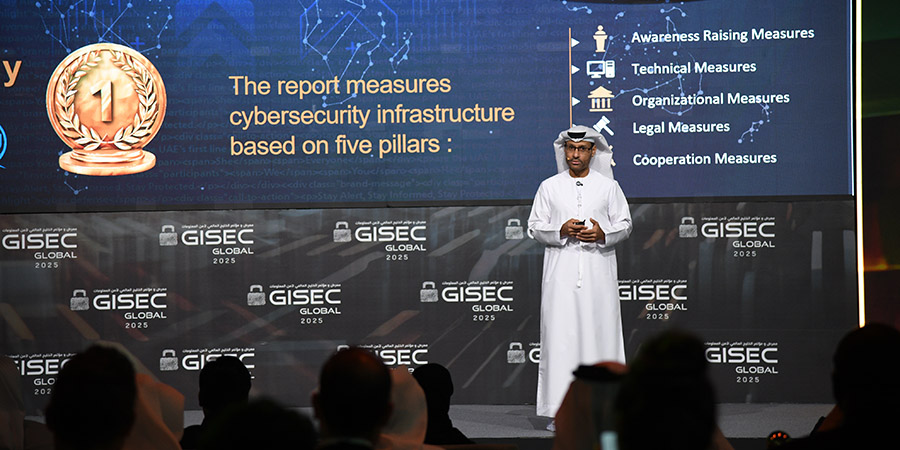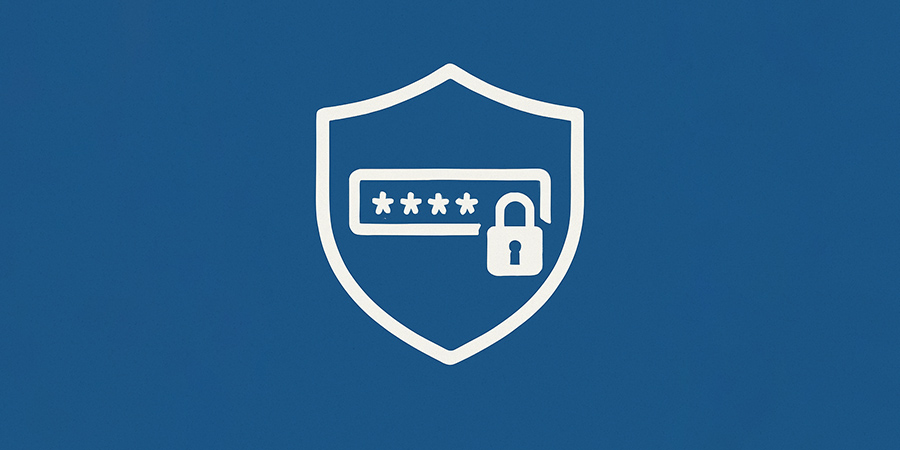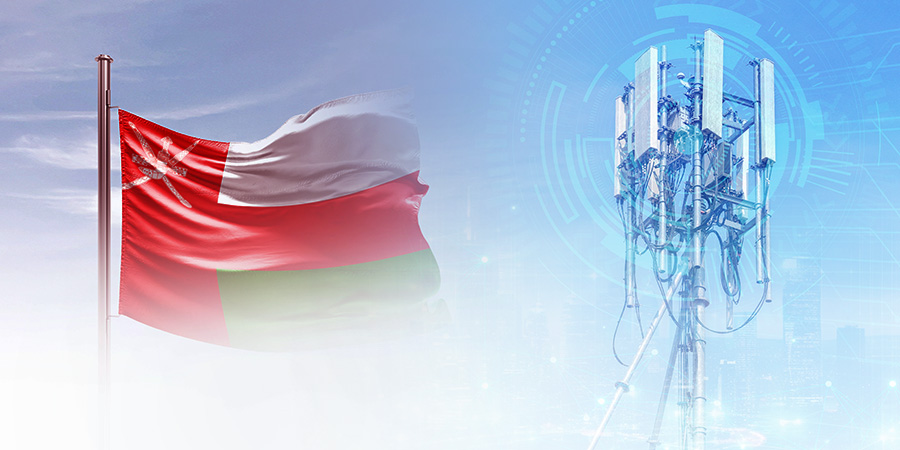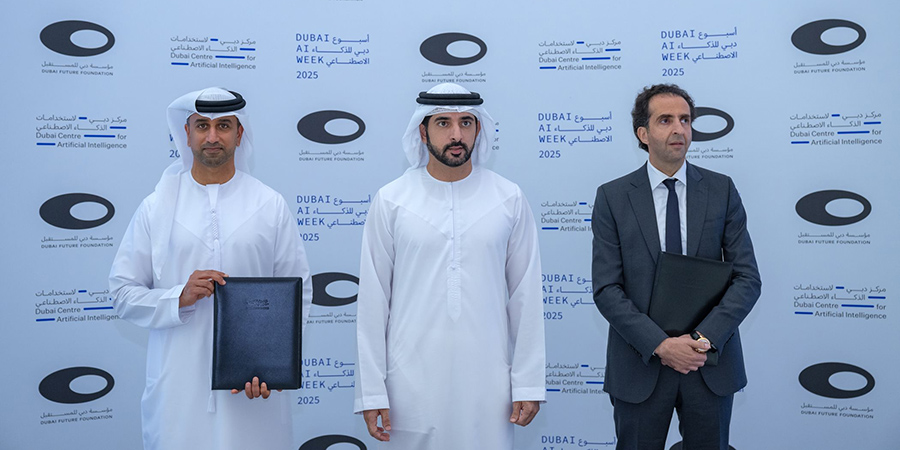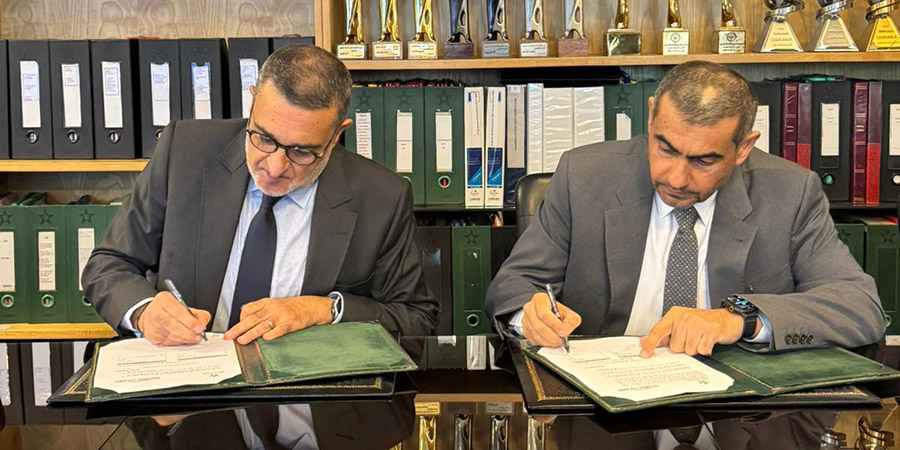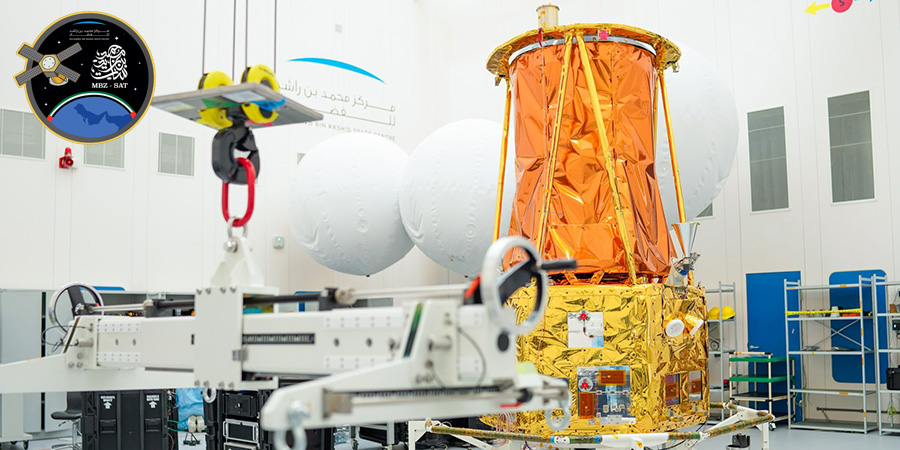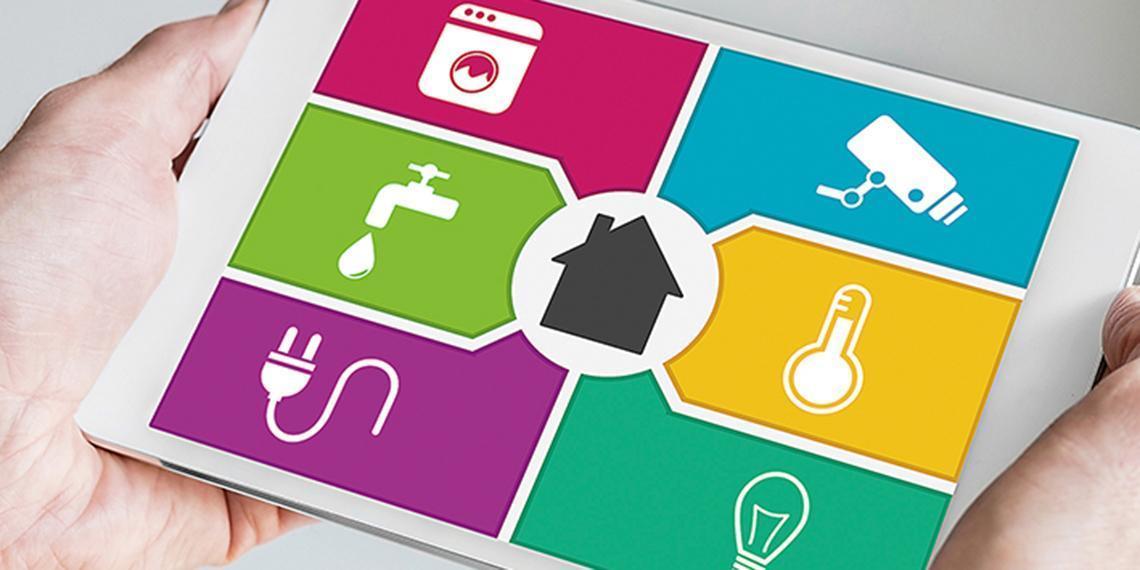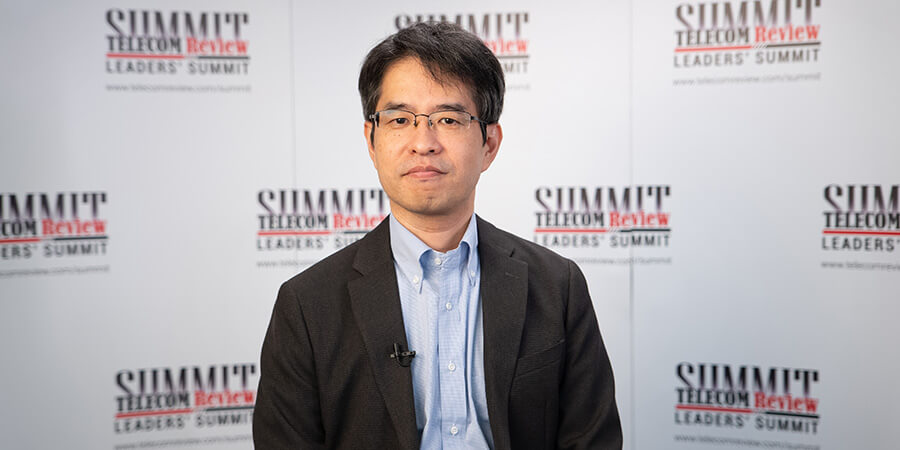Imagine the alarm clock rings on a Monday morning and the curtains draw back, the bathroom lights switch on automatically and you smell fresh coffee brewing. The concept goes as far back as the 1934 World's Fair in Chicago where the home of the future was unveiled. Since then, the automated home has morphed into the smart home; it can do more than turn on our heating and our lights; it can actually think for us.
At first glance, some of the most talked-about home automation devices appear expensive: $200 for a set of light bulbs that change color, or $250 for a thermostat that saves you the trouble of programming. The more connected devices you have, the more sensors and ""smart"" concepts you integrate, means your home becomes stronger and smarter and more easily controlled through a smartphone, tablet or computer.
Eventually, a truly smart home will know who you are, where you are andwhat you want, all without anyone telling it. A self-programming thermostat is able to communicate with the lights and tell them to turn off, or flashes red to indicate high carbon monoxide in the house.
Enabling our homes to be smart brings tremendous benefits starting with cost-savings. Connected devices such as learning thermostats, smart sprinklers, WiFi-enabled lights, electricity monitoring outlets and water heater modules cut down on energy and water use.
Moreover, many things inside the home can be controlled remotely via apps on smartphones and tablets, whether ovens, fridges or garage doors. In most cases, this control also works when you are out of the home; having your living room lights turn on as you arrive home, the stereo play your favorite song and the door opening as you approach with a bagful of groceries is perhaps the ultimate luxury.
As for the essential benefit, security, there are many simple, connected security solutions that are inexpensive alternatives to 24/7 monitored security systems. WiFi-enabled cameras, connected motion sensors and smart smoke alarms can all be monitored from inside or outside a home via live video feed, email and text alerts. This means a safe home where smart sensors can detect water leaks, humidity levels, carbon monoxide, motion, heat and every environmental concern imaginable, which help in preventing accidents from turning into disasters.
There's a big security concern when it comes to installing connected devices; the idea of someone hacking into your internet-connected thermostat and controlling the temperature of your home, for example, but so is the idea of someone breaking down your front door and searching through your belongings.
It's worth mentioning that it requires a lot more skill and intelligence to break into a smart home than most thieves possess. Strong passwords changed regularly, plus encrypting your WiFi network will help keep hackers out.
When it comes to your smart home, what you need is a good WiFi connection, a wireless router, a smartphone or tablet, and a central controller (a hub). There's no need to worry about re-wiring your home; in almost every case, you can replace your existing product with a smart one. You can switch out your old light bulbs, replace your non-programmable thermostat and even put a smart lock on top of your existing deadbolt. Everything gets controlled, from your lighting, climate, entry and exit of your home with just a smartphone or tablet.
On the other side, it's worth mentioning that technology firms have been touting the potential of a smart home for years, but in the past two years major players have begun investing heavily in its development. Samsung, for instance, believes the day has come when a home is smart enough for household appliances to simply run themselves; all communicating with each other through the internet of things (IoT).
The company recently launched a line of new devices called Smart Things, including a small white box called a hub that coordinates the appliances. It also showcased a smartphone app that acts as a mission control for the appliances, while motion sensors and sockets are complementary gadgets to add to the system.
Daily routines, like which appliances should do what in the morning or in the evening, can be programmed into the app, with the hub then acting as the coordinator of the home. Alternatively, the home owner can control specific appliances through a tap on the app.
Competition between companies is heating up, especially when it comes to Apple's HomeKit, which controls appliances compatible with its products. Google paid $3.2 billion to buy Nest Labs, specialized in intelligent fire alarms and thermostats.
According to Samsung, its platform will be open and compatible with other brands. It will be partnering with several companies, including speaker specialist Bose and light bulb manufacturer Osram, allowing these items to also work with its hub.
At the same time, it also launched other complementary gadgets which include a smarthome monitor, which keeps an eye on the house, alerting owners to any problems, from a leak in the bathroom to intruders in the garden. Along with another device, the Sleepsense, a flat white disc that is placed under the mattress, monitors one's breathing and heart rate at bedtime and sets the temperature for the heater or the air-conditioner, creating the best environment for falling and staying asleep.
Even Siemens has created its complete range of connected home appliances, controlled through an app. Among these appliances is a refrigerator that is able to take a 'selfie' of its contents, allowing the owner to see what needs replenishing.
Obviously, future homes are not a trend; they are deeply involved in the heart of today's industrial revolution, creating an easier and more comfortable living in this wild, hectic world.











